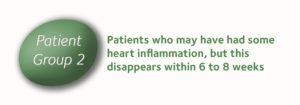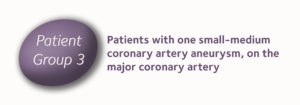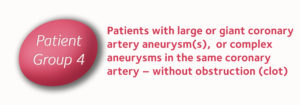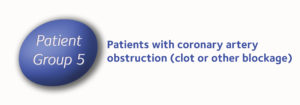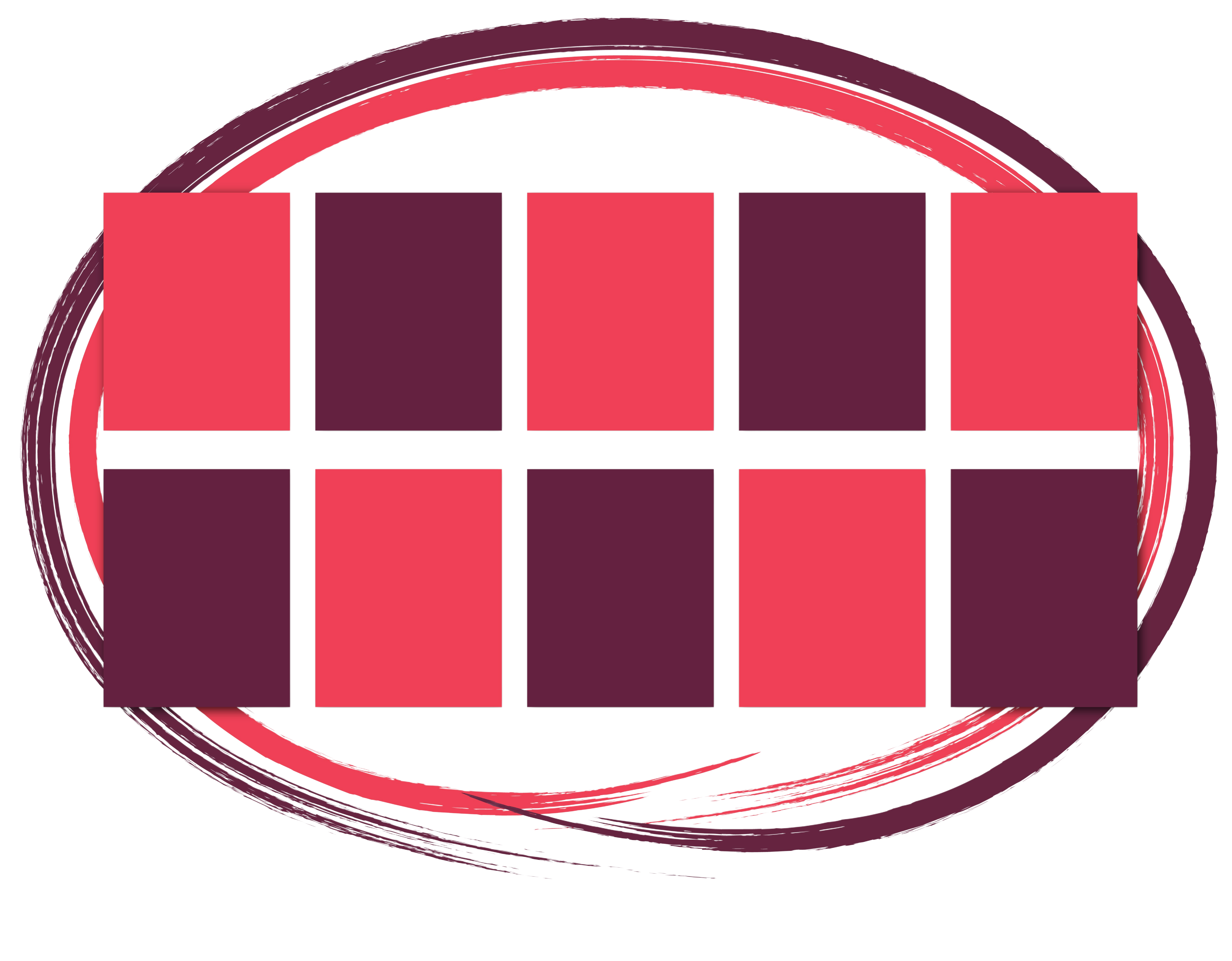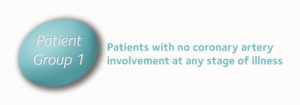My Kawasaki Disease Journey
When talking to parents whose families have been affected by Kawasaki Disease – as we planned this portal – a number asked if we could set out what the ‘journey’ looks like – following a Kawasaki Disease diagnosis.
Perhaps, as you’d expect, just as Kawasaki Disease presents uniquely on our unique children, Kawasaki Disease follow up care needs vary significantly across children – so what one family might need and expect could be quite different to the journey for another family.
But! Appreciating these differences, we have tried on this page to describe what you might expect, and when – based on the recommendations in the 2013 UK Guidelines.
This page does not replace the advice of your medical team, nor is it intended to give an exact description of the care you must have. It’s intended to be useful as a general description of the types of things to expect, following a Kawasaki Disease diagnosis.
PLEASE NOTE: NOT ALL INFORMATION WILL RELATE TO ALL PATIENTS.
A number of different tests are referred to in the notes which follow. To find out more about what is involved in these tests, please see our Hospital Tests page for videos and descriptions.
Initial Diagnosis
The symptoms for Kawasaki Disease will most likely be familiar to you now; these include a characteristic and distinctively persistent high fever for five days or more, rash, bloodshot eyes, “strawberry” tongue, cracked, dry lips, redness of the fingers and toes.
Not all symptoms appear in all children and you may have had a diagnosis of ‘atypical’ or ‘incomplete’ Kawasaki Disease if your child had fewer symptoms at the time of diagnosis. There is no commonly agreed definition of ‘atypical’ or ‘incomplete’ Kawasaki Disease and these terms are sometimes used interchangeably by doctors. A recent BPSU study found 47% of children in the UK & Ireland have Kawasaki Disease with less than all of the symptoms. This is why we campaign for doctors to THINK Kawasaki Disease if they see persistent fever plus any two or more Kawasaki Disease symptoms.
Typical Tests
In addition to recording symptoms, your medical team will have undertaken a number of blood tests in helping to confirm the diagnosis of Kawasaki Disease. These would have included looking at the:
- erythrocyte sedimentation rate (ESR)
- C-reactive protein (CRP)
- white cell count
The results of these tests, perhaps others – and an understanding of symptoms will have been the basis of your diagnosis.
For many families, a diagnosis is not made of Kawasaki Disease initially and sometimes a number of other things are thought to be the cause – treatments for other illnesses may also be started as doctors try to understand what is making your child unwell. If this is the case for you, do talk to your doctor about any other treatments given if you have any unanswered questions.
Acute Treatment
Intravenous immunoglobulin (IVIG) and aspirin are usually started as soon as a Kawasaki Disease diagnosis is made. The UK guidelines state 2g/kg of IVIG is the optimal dose, usually given as a single treatment (typically over 12 hours – and sometimes longer). Guidelines also note that all patients should initially receive aspirin daily, until the fever has settled.
Aspirin treatment is then continued, but at a reduced dose once the fever is reducing and other signs and symptoms of Kawasaki Disease lessen. Doctors may continue to take blood tests and will be monitoring some of the same markers of inflammation as they looked for initially – including C- Reactive protein, which they will expect to see falling. Low dose aspirin may be continued in patients with no signs of heart damage for approximately six to eight weeks, at which time medication will be stopped.
An echocardiogram – an ultrasound test to look at the heart – will be performed very soon after a Kawasaki Disease diagnosis and at least three times during the course of the illness and the initial recovery period. Sometimes the results of the echocardiogram will be one of the factors which allow the doctor to make the Kawasaki Disease diagnosis.
Some children do not respond – or do not respond fully to the initial intravenous immunoglobulin treatment and sometimes a second treatment is given. Steroids may also be given and are recommended in those children who are at a higher risk of developing heart damage. For some, where symptoms are not settling and improvement is not seen, other medications are also given. These will be administered under specialist advice and should involve discussion with a doctor with specific expertise in Kawasaki Disease.
Follow up Treatment
The 2013 UK Guidelines separate out five different treatment groups for follow up after acute Kawasaki Disease. For each group, the guidelines show what treatment(s) are needed after the initial recovery from the acute illness.
To see what the UK guidelines recommend for follow up care for you or your child, find which of the following groups you best fit in, then click on your group to see the recommended care guidance.
